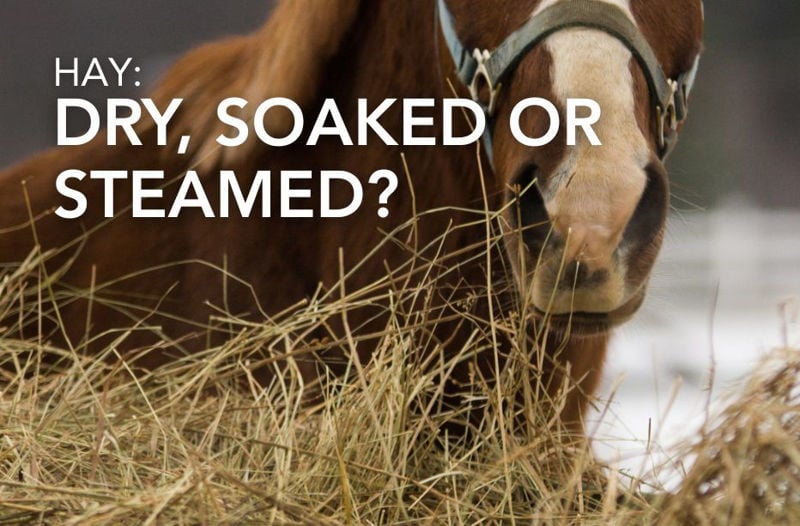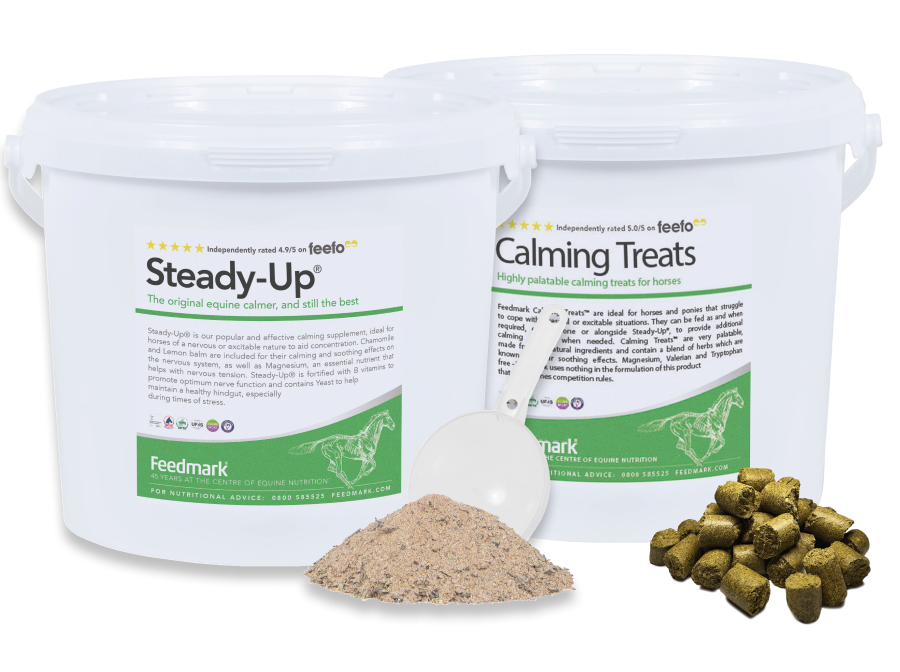When it comes to feeding horses, the first word that springs to anyone’s mind should always be forage. For most horses, forage should always be the foundation of the diet. Hay is one of the most commonly used forages and is suitable for a wide range of horses and ponies, from leisure companions to competition animals.
Grass typically provides 8 MJ/Kg Digestible Energy (DE), and typically contains a sugar content of 10%, although these values can vary significantly depending on the type of grass, the area it was grown in, the climate, and the stage of growth at the time of cutting. The variations in these factors can alter its suitability for different horses, including those with metabolic issues such as laminitis, Equine Metabolic Syndrome (EMS) and Cushing’s (otherwise known as PPID). Additionally, horses with respiratory problems or those particularly sensitive to dust or mould spores may also struggle with dry hay.
As hay is sun-dried, rather than hot-air dried (like many grass or alfalfa chops), it will always have a certain number of mould spores present. The longer the hay takes to dry, the higher the number of mould spores will be. Other small particles can also irritate the lining of the upper respiratory tract, causing hypersensitivity.
Short soaking
If dust and mould spores are the main concern, soaking hay for around 10–20 minutes is usually enough to help. This brief soak helps to remove fine particles and swells any remaining ones, so they’re less likely to travel deep into the horse’s respiratory tract. After soaking, the hay should be drained and fed straight away - allowing it to dry again can undo the benefit.
Steaming hay
How long does it take to steam hay for horses? Commercial hay steamers vary slightly in their recommendations, but most research supports a steaming time of around 50 minutes. When done properly, steaming can reduce dust, mould, and bacteria by up to 99%, while also improving smell and palatability. This makes it an excellent option for horses with respiratory problems. However, it’s worth noting that steaming does not lower the sugar content of the hay.
Soaking to reduce sugar content
When soaking hay to reduce sugar levels, a few key factors influence how effective it will be: the initial sugar content of the hay (which can only be known through analysis), the water temperature, the surrounding temperature, and the amount of water used.
Current research suggests that the more water the hay can be soaked in, the better, as this maximises the amount of sugar that can be drawn off. If soaking in a large volume of water isn’t possible, changing the water halfway through the soak time would achieve a similar effect. Remember that while soaking, the sugar leaches into the water, so thoroughly rinsing the sugary water off before feeding it to your horse is always a good idea to maximise the benefit. Water at a temperature of 16°C seems to be optimal for removing sugar. Whilst this would be challenging in winter, modern hay soaking cubes on wheels could make it more feasible to have the hay soaking in the feed room or empty stable, rather than outside, where it is likely to be colder.
Depending on the temperature and volume of the water, the optimal soaking time is around 2 hours to reduce the sugar content of the hay, but without resulting in too much digestible fibre loss as well. For horses who need to lose weight, longer soak times that also reduce the fibre content slightly can be beneficial, as it reduces the digestible energy content of the hay. However, it isn’t without risk. Extended soaking times can encourage bacterial growth and fermentation, especially in warm weather, and may make the hay less hygienic.
Remember that for horses with metabolic issues, the amount of fat mass they are carrying is also a critical factor in health management. While soaking hay reduces the sugars, unless it is soaked for longer periods, the hay will still retain the majority of its fibre and therefore the amount of energy or calories it can provide for the horse.
In conclusion, hay remains one of the most important and versatile forages in the equine diet. Steaming is a great way to make it more hygienic for those with respiratory issues or weakened immune systems. However, the cost of buying a steamer can be off-putting. Short soaking times of 10–20 minutes can help reduce dust-related irritation, while soaking for around two hours is generally needed to meaningfully lower sugar levels. Longer soaking, up to about nine hours, can reduce both sugar and fibre, which may be helpful for weight management, but also increases the risk of bacterial contamination and fermentation, particularly in warmer weather. It is important to note that up to 60% of the minerals obtained from hay can be lost during soaking, so where this is required, it is important to ensure the horse is provided with these minerals elsewhere in the diet. Balancers or vitamin and mineral supplements tailored to the needs of horses and ponies on restricted grass and soaked hay may be beneficial.




